Do Dogs And Cats Suffer From Seasonal Affective Disorder?
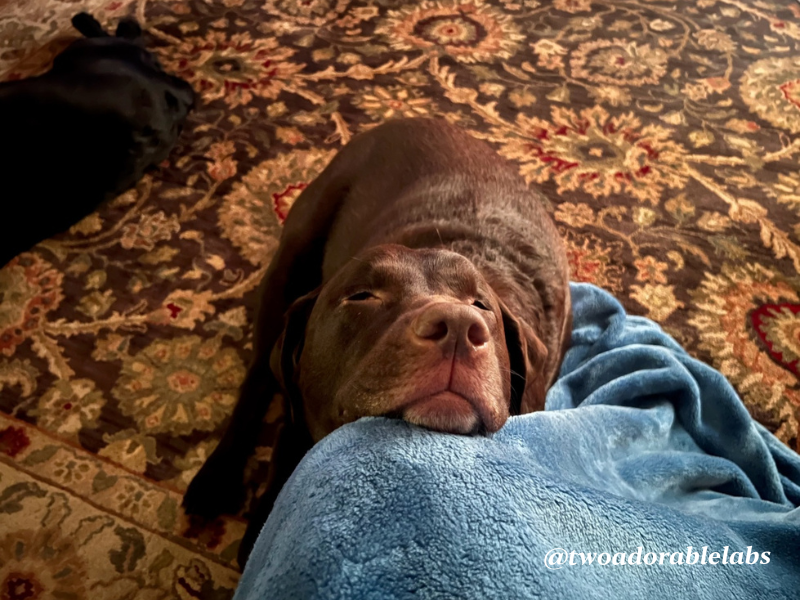

That SAD is linked to low sunlight levels seems to be demonstrated by research that has compared winter depression in places with high levels of sunlight to those with low sunlight.
For example, one study showed that SAD was less common in Florida, which has high light levels in winter (only 1.4% of people were diagnosed with SAD), compared to New Hampshire, where the winter light levels are much lower (9.7% of people were diagnosed with SAD).
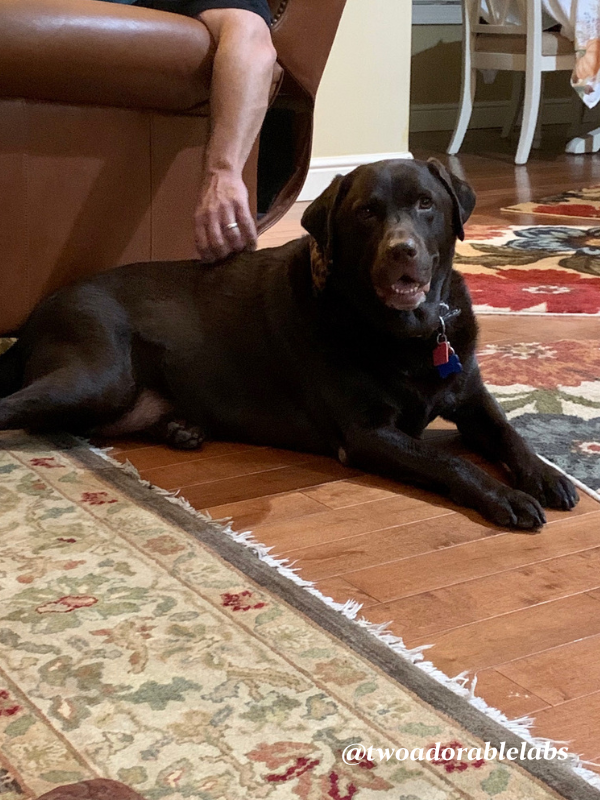
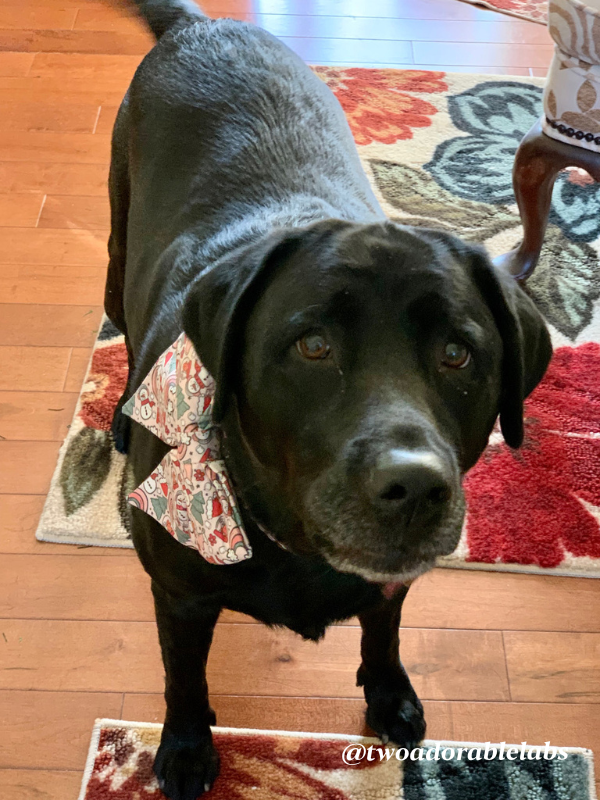
Dale suggests ensuring your cat’s or dog’s bed is situated near a sunny-side window. This is especially important for animals, such as indoor cats, who are unable to go outside. An increase in the amount of light entering your home means more light entering your pet’s pupils, which positively affects brain chemistry.
Use full spectrum lighting for both you and your animals during the months when natural sunlight is decreased, and you can’t get outside as much as you’d like.
*Get Outdoors
Venturing outside is not only good for you, but for your companion, as well. It gives animals opportunities to move, ground themselves, and improve circulation. A side benefit is that your dog will get exposure to natural sunlight and be able to socialize with other dogs and people.
*Keep Them Engaged Indoors
There are several things you can do to enrich your pet’s indoor environment. With cats, Dale says you can promote their foraging instincts by placing food devices around the home, instead of bowl feeding them. Or try placing cat toys around the house horizontally and vertically, as well as rotating enriching toys and games.
With dogs, he says you can try something as simple as putting some kibble inside a plastic container. Your dog may enjoy the challenge of watching the kibble bounce, then empty from the container.
Making time to interact with your companion on a daily basis inside the home is essential to their wellbeing. If you need to be away from home for extended periods, letting them have access to a window can be beneficial.
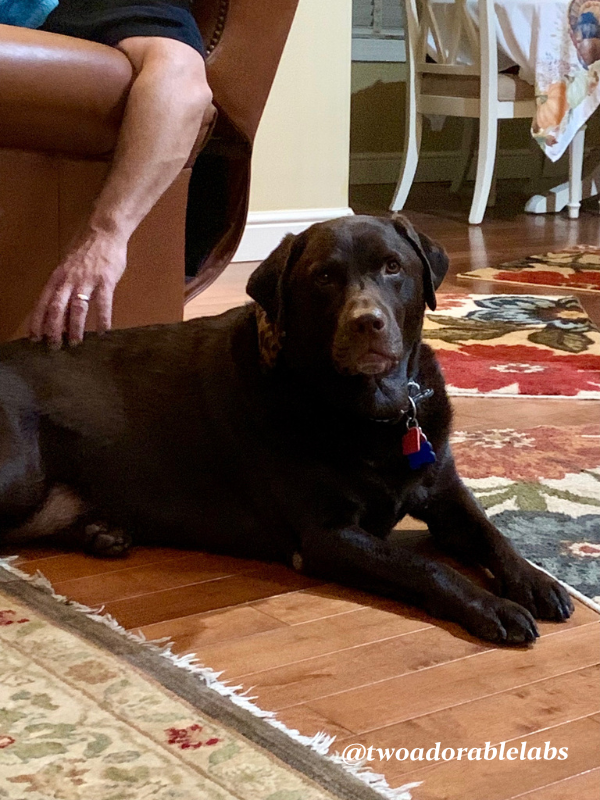


I’m Bobbi Jo, a lab-lover who took my passion for animals and dogs and turned it into something bigger. When I adopted Jake and Maggie, my love for them became the driving force behind Two Adorable Labs, and my blog was born. My hope is to not only share them with the world, but to help educate others on the importance of animal health and well-being.
I love hearing from all of you and do my best to respond to each and every one of you. I always enjoy your comments, feedback, and suggestions so keep them coming! If I’ve posted a recipe (for our human and our furry friends) and you try it, don’t forget to tag me on Instagram @twoadorablelabs and use #twoadorablelabs.
If you do try and love my recipes, I would greatly appreciate a comment and rating. I read every single one and respond to them. It also lets Google know that the website contains quality content. The more comments and 5-star ratings, the more Google will show my blog in search results! Thank you so much!
As an Amazon Associate, I earn from qualifying purchases.

You Might Also Like
Help Jasmine Get Adopted!
Jasmine A sweet pitbull named Jasmine is sitting at the Hancock County Animal Shelter waiting for adoption. My cousin adopted Jasmine from this shelter two years ago. Sadly, my cousin passed away recently, and the police were instructed to take Jasmine directly...
Air Quality & Pets: How To Stop Your Home From Getting Musty & Smelly
As absolutely amazing as a pet is, you can’t deny that they may give your home a certain odor. You know what we’re talking about; there’s a mustiness that comes with having a pet, which can make the quality of the air feel almost thick and a bit harder to breathe in....
What Is A Velcro Dog?
Happy Wednesday, everyone! Today we are asking…What Is A Velcro Dog? All dogs have different cuddling styles and ways of showing affection. Jake loved being near me, and his favorite spot was on the couch, lying with his head in my lap while I massaged his ears and...
Cancer In Dogs
Happy Wednesday, everyone. Today, we're discussing cancer in dogs and what to look for. But first, I want to give a big thank you to all of you who called, sent texts, emails, and cards over Jake’s passing. Mr. TAL and I received messages from all over the world,...
Rest In Peace, My Sweet Jake
Today I write with overwhelming sadness as I pay tribute to our Jake. His sudden passing has left us heartbroken. My words can’t describe the pain we feel without him. Jake passed away last week from a large cancerous mass on his spleen that ruptured, metastasized,...
Sick Day? How to Stay Nourished While You Recover
Happy Wednesday, everyone! Sick Day? How to Stay Nourished While You Recover When you're feeling under the weather, your body shifts into a healing mode. This requires the right fuel so that you can feel as well as possible as quickly as possible. While your appetite...




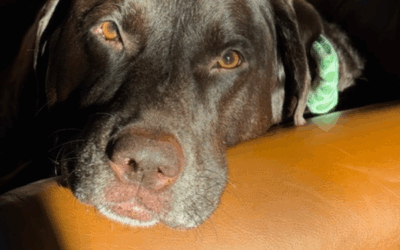


0 Comments